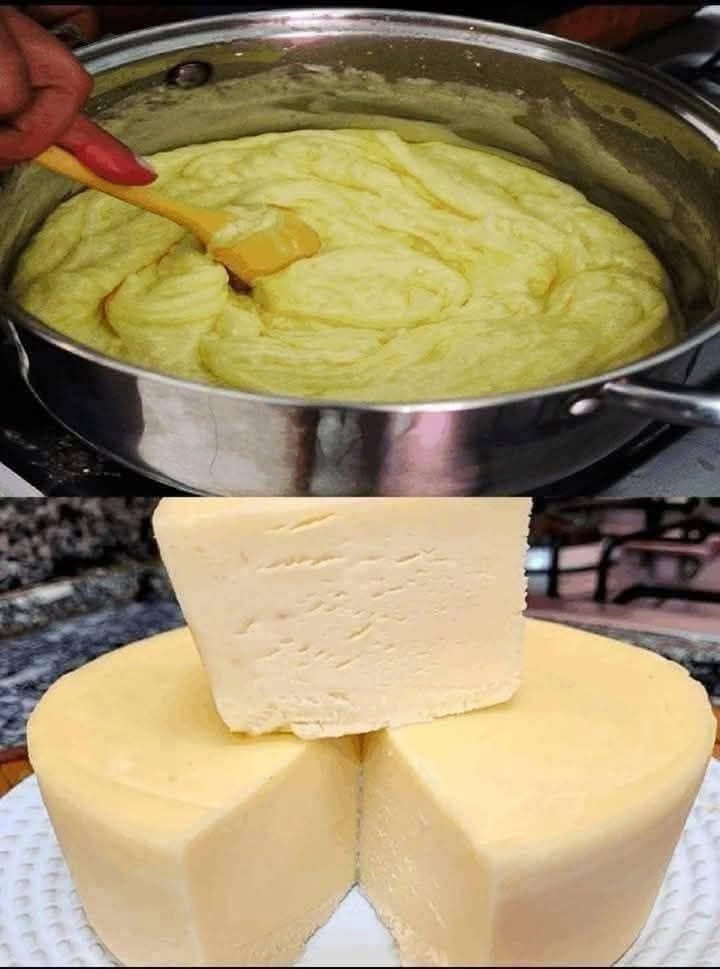Acid Coagulation : The vinegar (or lemon juice) causes the milk proteins to coagulate, separating into curds and whey.
Simple Chemistry : This process mimics traditional cheese-making methods but skips the complexity of rennet or aging.
Why You’ll Love This Recipe
Simple Ingredients : Only milk and vinegar are needed—no fancy equipment or additives required.
Quick & Easy : Ready in under 30 minutes with minimal effort.
Customizable : Use different types of milk (whole, skim, or plant-based) and seasonings to suit your taste.
Versatile : Perfect for salads, sandwiches, snacks, or as a base for more complex recipes.
Budget-Friendly : Save money by making cheese at home instead of buying it pre-made.
Ingredients You’ll Need
Makes about 1–1.5 cups of cheese
4 cups whole milk (or any milk of your choice—dairy or plant-based)
2–3 tbsp white vinegar (or lemon juice for a citrusy twist)
Salt , to taste (optional)
Optional Add-Ins : Fresh herbs, garlic powder, black pepper, or honey for sweet cheese
Step-by-Step Instructions
Step 1: Heat the Milk
Pour the milk into a saucepan and heat it over medium-low heat, stirring occasionally to prevent scorching.
Heat the milk until it reaches 180°F (82°C) or until small bubbles form around the edges and steam rises (but don’t let it boil).
Step 2: Add the Vinegar
Remove the saucepan from the heat and slowly stir in the vinegar, one tablespoon at a time. You’ll notice the milk beginning to curdle almost immediately—the proteins will separate into curds (solid) and whey (liquid).
Stop adding vinegar once the curds have fully separated and the whey looks clear or slightly yellowish.
Step 3: Strain the Curds
Line a colander with cheesecloth or a clean kitchen towel and place it over a bowl to catch the whey.
Carefully pour the curds and whey into the colander to separate the solids from the liquid. Let the curds drain for 5–10 minutes , depending on how firm you want your cheese.
Step 4: Season and Shape
Continued on next page 👇(page 3)👇
